Home>Furniture & Design>Bathroom Accessories>How To Make Tiles Non-Slip
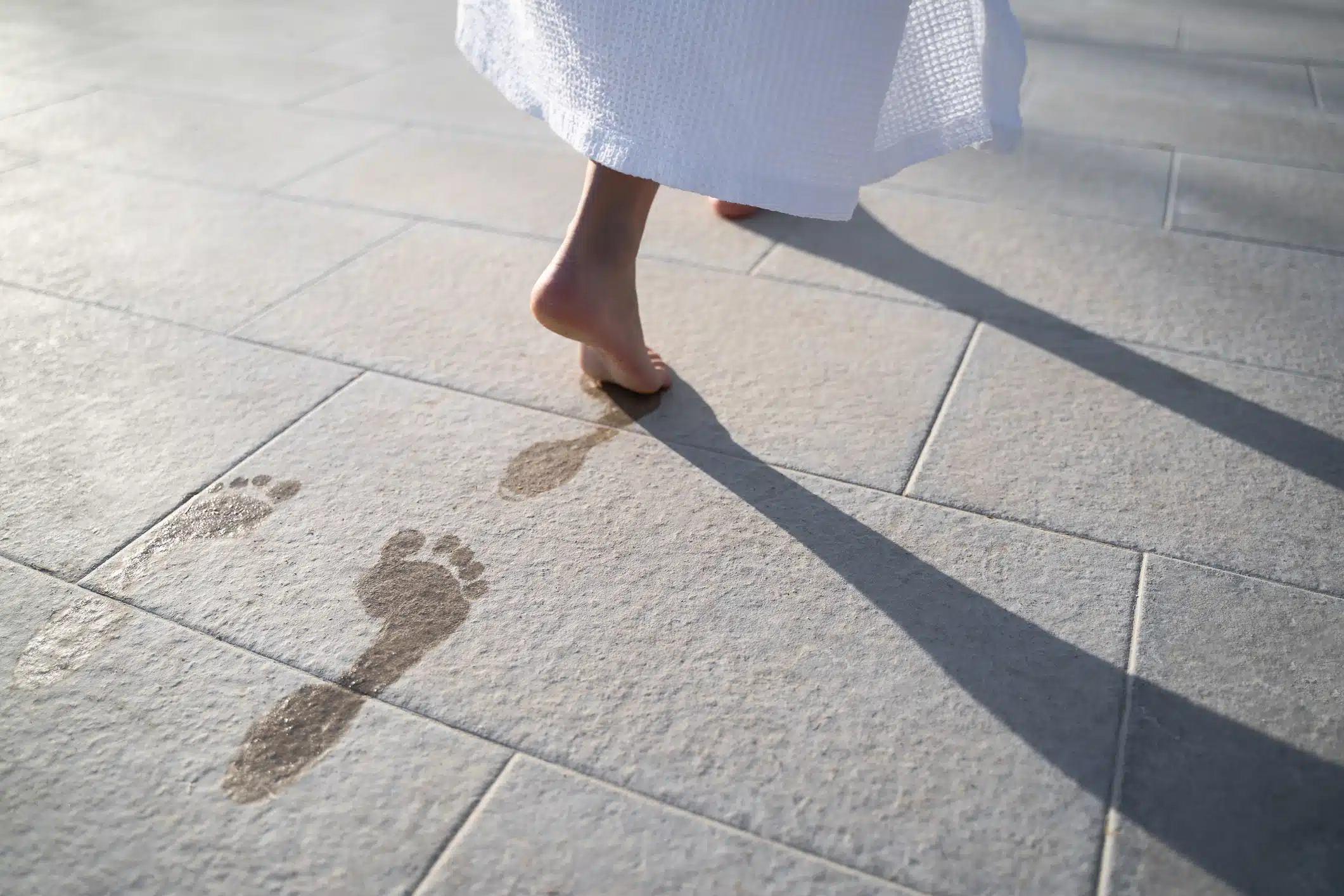

Bathroom Accessories
How To Make Tiles Non-Slip
Published: February 10, 2024
Learn how to make your bathroom tiles non-slip with our range of bathroom accessories. Create a safer environment with our easy-to-use products.
(Many of the links in this article redirect to a specific reviewed product. Your purchase of these products through affiliate links helps to generate commission for Storables.com, at no extra cost. Learn more)
Introduction
When it comes to bathroom safety, the issue of slippery tiles is a common concern for many households. Slippery surfaces can pose a significant risk, especially in bathrooms where water and moisture are frequently present. Fortunately, there are effective solutions available to address this problem and make tiles non-slip. In this article, we will explore various methods and products that can help you enhance the safety of your bathroom floor, providing peace of mind for you and your family.
Slippery tiles can be a hazard for people of all ages, but they are particularly concerning for young children and the elderly. Accidents resulting from slippery surfaces can lead to injuries ranging from minor bruises to more serious fractures. By taking proactive measures to make your tiles non-slip, you can significantly reduce the risk of such accidents and create a safer environment in your bathroom.
In the following sections, we will delve into different approaches for addressing the issue of slippery tiles. From non-slip coatings to anti-slip treatments and non-slip mats or stickers, there are several options to consider. Each method offers its own unique benefits and considerations, allowing you to choose the most suitable solution based on your specific needs and preferences.
By gaining a deeper understanding of the importance of non-slip tiles and exploring the various methods available, you will be equipped with the knowledge to make informed decisions about enhancing the safety of your bathroom floor. Whether you are looking to prevent accidents, create a more secure environment for your family, or simply improve the functionality of your bathroom, the insights provided in this article will guide you toward effective solutions for making tiles non-slip.
Key Takeaways:
- Slippery tiles in the bathroom can be dangerous, but there are easy solutions like non-slip coatings, anti-slip treatments, and non-slip mats to make them safer and prevent accidents.
- Non-slip measures in the bathroom not only enhance safety but also contribute to the overall well-being and comfort of individuals within the household, creating a more secure and inclusive environment for everyone.
Read more: What Makes Non-Slip Shoes Non-Slip
Understanding the Importance of Non-Slip Tiles
The importance of non-slip tiles in a bathroom cannot be overstated. The bathroom is a space where water, soap, and other liquids are frequently present, making it prone to slippery surfaces. Without proper precautions, these conditions can lead to hazardous situations, especially for individuals with limited mobility, such as the elderly or young children.
Non-slip tiles play a crucial role in enhancing safety and preventing accidents in the bathroom. By providing traction and grip, these specialized tiles reduce the risk of slipping and falling, which can result in various injuries, ranging from minor bruises to more severe fractures. Moreover, the implementation of non-slip tiles promotes a sense of security and confidence, allowing individuals to move around the bathroom with reduced apprehension.
In addition to the physical well-being of individuals, non-slip tiles also contribute to peace of mind for homeowners. Knowing that the bathroom floor is equipped with non-slip surfaces alleviates concerns about potential accidents, especially in households with elderly family members or young children. This sense of security fosters a more relaxed and comfortable environment, where the focus can be on daily routines and activities without the constant worry of slippery surfaces.
Furthermore, the installation of non-slip tiles aligns with the concept of universal design, which emphasizes creating spaces that are accessible and safe for individuals of all ages and abilities. By incorporating non-slip features into the bathroom, homeowners demonstrate a commitment to inclusivity and considerate design, ensuring that the space is accommodating for everyone, regardless of their physical capabilities.
Overall, the importance of non-slip tiles extends beyond mere functionality; it encompasses the well-being, confidence, and inclusivity of individuals within the household. By recognizing the significance of non-slip tiles and their impact on safety and peace of mind, homeowners can make informed decisions to enhance the overall bathroom experience for themselves and their loved ones.
Methods for Making Tiles Non-Slip
There are several effective methods for making tiles non-slip, each offering unique benefits and considerations. Whether you are looking to enhance the safety of your bathroom floor or simply improve traction on slippery surfaces, these methods provide practical solutions to address the issue of slippery tiles.
Using Non-Slip Coatings
Non-slip coatings are specially formulated products designed to create a textured surface on tiles, thereby improving traction and reducing the risk of slipping. These coatings are available in various formulations, including epoxy-based and water-based options, catering to different tile materials and surface preferences. The application process typically involves cleaning the tiles thoroughly, applying the non-slip coating evenly, and allowing it to cure according to the manufacturer's instructions. Once applied, non-slip coatings provide a durable and long-lasting solution for making tiles non-slip, offering enhanced safety without compromising the aesthetic appeal of the tiles.
Applying Anti-Slip Treatments
Anti-slip treatments are chemical solutions that work to alter the surface of tiles, creating microscopic treads that improve grip and traction. These treatments are suitable for a wide range of tile materials, including ceramic, porcelain, and natural stone. The application process involves cleaning the tiles, applying the anti-slip treatment, and allowing it to penetrate the surface to achieve the desired non-slip effect. Anti-slip treatments offer an efficient and cost-effective way to enhance the safety of tiles, making them an ideal choice for homeowners seeking a practical and long-term solution for slippery surfaces.
Read more: How To Make Slippers Non-Slip
Installing Non-Slip Mats or Stickers
Non-slip mats and stickers provide a quick and temporary solution for making tiles non-slip. These products are designed to be placed directly onto the tile surface, offering immediate traction and grip. Non-slip mats are available in various sizes and can be easily repositioned or removed as needed, making them a versatile option for households with changing needs. Similarly, non-slip stickers feature adhesive backing for secure attachment to tiles, providing an instant non-slip surface without the need for extensive installation. Both non-slip mats and stickers offer a convenient and customizable approach to addressing slippery tiles, making them suitable for temporary or transitional situations.
By exploring these methods for making tiles non-slip, homeowners can select the most suitable solution based on their specific requirements and preferences. Whether opting for non-slip coatings, anti-slip treatments, or non-slip mats and stickers, each method offers a practical and effective way to enhance the safety and functionality of bathroom tiles, creating a secure environment for everyday use.
Using Non-Slip Coatings
Non-slip coatings are a highly effective and popular method for making tiles non-slip, offering a practical solution to address the issue of slippery surfaces in bathrooms. These specialized coatings are formulated to create a textured surface on tiles, significantly improving traction and reducing the risk of slipping. One of the key advantages of non-slip coatings is their versatility, as they can be applied to various tile materials, including ceramic, porcelain, and natural stone, providing a comprehensive solution for enhancing safety in diverse bathroom settings.
The application process for non-slip coatings typically involves several straightforward steps. Firstly, the tiles must be thoroughly cleaned to ensure that the surface is free from dirt, grime, and any residues that may hinder the adhesion of the coating. Once the tiles are clean and dry, the non-slip coating is applied evenly across the surface, following the manufacturer's instructions for proper application techniques. After the application, the coating is allowed to cure, forming a durable and long-lasting non-slip surface that seamlessly integrates with the existing tiles.
Non-slip coatings are available in different formulations, including epoxy-based and water-based options, catering to specific preferences and requirements. Epoxy-based coatings offer exceptional durability and resistance to wear, making them suitable for high-traffic areas such as bathrooms. On the other hand, water-based coatings provide a more environmentally friendly option, emitting fewer volatile organic compounds (VOCs) during application and curing.
One of the notable benefits of non-slip coatings is their ability to enhance safety without compromising the aesthetic appeal of the tiles. These coatings create a textured surface that improves traction while maintaining the visual integrity of the tiles, ensuring that the overall design and style of the bathroom are preserved. Additionally, non-slip coatings offer a long-term solution for making tiles non-slip, providing reliable traction that withstands regular use and cleaning.
By utilizing non-slip coatings, homeowners can effectively address the issue of slippery tiles, creating a safer environment in their bathrooms without the need for extensive renovations or replacements. The practicality, durability, and compatibility of non-slip coatings make them a preferred choice for individuals seeking a comprehensive and long-lasting solution to enhance the safety and functionality of their bathroom tiles.
Applying Anti-Slip Treatments
Applying anti-slip treatments is a highly effective method for addressing the issue of slippery tiles in bathrooms. These specialized chemical solutions are designed to alter the surface of tiles, creating microscopic treads that significantly improve grip and traction. Anti-slip treatments offer a practical and cost-effective solution for homeowners seeking to enhance the safety of their bathroom floors without the need for extensive renovations or replacements.
The application process for anti-slip treatments involves several straightforward steps. Firstly, the tiles are thoroughly cleaned to remove any dirt, grime, or residues that may interfere with the penetration of the treatment. Once the tiles are clean and dry, the anti-slip treatment is applied evenly across the surface, allowing it to penetrate and modify the surface to achieve the desired non-slip effect. The treatment is then allowed to cure according to the manufacturer's instructions, forming a durable and long-lasting non-slip surface that significantly reduces the risk of slipping.
One of the key advantages of anti-slip treatments is their versatility, as they can be applied to various tile materials, including ceramic, porcelain, and natural stone. This flexibility makes anti-slip treatments suitable for a wide range of bathroom settings, providing homeowners with a practical and efficient solution to enhance safety in diverse environments.
Furthermore, anti-slip treatments offer an environmentally friendly approach to making tiles non-slip, as they do not alter the appearance or texture of the tiles. This means that the aesthetic integrity of the tiles is preserved, allowing homeowners to maintain the visual appeal of their bathroom floors while significantly improving traction and safety.
Additionally, anti-slip treatments provide a long-term solution for making tiles non-slip, offering reliable traction that withstands regular use and cleaning. This durability ensures that the non-slip effect remains effective over time, contributing to a safer and more secure bathroom environment for individuals of all ages.
By utilizing anti-slip treatments, homeowners can effectively address the issue of slippery tiles, creating a safer and more functional bathroom without the need for extensive renovations or replacements. The practicality, versatility, and long-term effectiveness of anti-slip treatments make them a preferred choice for individuals seeking a cost-effective and efficient solution to enhance the safety of their bathroom tiles.
To make tiles non-slip, apply a non-slip treatment or coating to the surface. This can help create traction and reduce the risk of slipping, especially in wet areas like bathrooms and kitchens.
Installing Non-Slip Mats or Stickers
Installing non-slip mats or stickers provides a quick and convenient solution for addressing slippery tiles in the bathroom. These products offer immediate traction and grip, making them an ideal choice for homeowners seeking a temporary or transitional approach to enhance safety without the need for extensive installation or renovation.
Non-slip mats are available in various sizes and designs, allowing homeowners to select options that best suit their specific needs and preferences. These mats are designed to be placed directly onto the tile surface, providing an instant non-slip effect that significantly reduces the risk of slipping. The versatility of non-slip mats enables them to be easily repositioned or removed as needed, making them a practical and customizable solution for households with changing requirements.
Similarly, non-slip stickers feature adhesive backing for secure attachment to tiles, offering a straightforward and efficient way to create a non-slip surface without the complexity of traditional installation methods. These stickers are available in a range of designs and patterns, allowing homeowners to choose options that complement the existing aesthetic of their bathroom while enhancing safety and traction.
One of the key advantages of non-slip mats and stickers is their ease of maintenance. These products can be cleaned and maintained with minimal effort, ensuring that the non-slip surface remains effective and functional over time. Additionally, the temporary nature of non-slip mats and stickers makes them suitable for rental properties or situations where permanent alterations to the bathroom floor are not feasible.
Furthermore, non-slip mats and stickers offer a cost-effective solution for making tiles non-slip, providing homeowners with an accessible and practical method to enhance safety without the need for extensive investments. The affordability and simplicity of these products make them an attractive option for individuals seeking immediate improvements to the safety and functionality of their bathroom floors.
By installing non-slip mats or stickers, homeowners can effectively address the issue of slippery tiles, creating a safer and more secure environment in their bathrooms. The convenience, versatility, and cost-effectiveness of non-slip mats and stickers make them a preferred choice for individuals seeking a practical and temporary solution to enhance the safety of their bathroom tiles.
Read more: How To Make Non-Slip Paint
Conclusion
In conclusion, addressing the issue of slippery tiles in the bathroom is a crucial step toward creating a safer and more secure environment for individuals of all ages. By understanding the importance of non-slip tiles and exploring the various methods available, homeowners can make informed decisions to enhance the safety and functionality of their bathroom floors.
The methods for making tiles non-slip, including non-slip coatings, anti-slip treatments, and non-slip mats or stickers, offer practical solutions to mitigate the risks associated with slippery surfaces. Each method presents unique benefits and considerations, allowing homeowners to select the most suitable approach based on their specific requirements and preferences.
Non-slip coatings provide a durable and long-lasting solution, offering enhanced safety without compromising the aesthetic appeal of the tiles. These coatings create a textured surface that improves traction, addressing the issue of slippery tiles while maintaining the visual integrity of the bathroom floor.
Similarly, anti-slip treatments offer a cost-effective and environmentally friendly approach to making tiles non-slip. By altering the surface of the tiles to create microscopic treads, these treatments significantly improve grip and traction, contributing to a safer and more functional bathroom environment.
For those seeking a quick and temporary solution, non-slip mats and stickers provide immediate traction and grip, offering a convenient and customizable approach to addressing slippery tiles. The versatility and ease of maintenance of these products make them an accessible option for homeowners with changing needs or rental properties.
Overall, the implementation of non-slip measures in the bathroom aligns with the principles of safety, inclusivity, and considerate design. By prioritizing the safety of individuals and creating a secure environment, homeowners can foster a sense of confidence and peace of mind, allowing the focus to remain on daily routines and activities without the constant worry of slippery surfaces.
Incorporating non-slip features into the bathroom not only enhances safety but also contributes to the overall well-being and comfort of individuals within the household. By taking proactive measures to make tiles non-slip, homeowners demonstrate a commitment to creating a space that is accessible, secure, and accommodating for everyone, regardless of their physical capabilities.
In essence, the methods for making tiles non-slip offer practical and effective solutions to address the issue of slippery surfaces in the bathroom. By considering the unique benefits and considerations of each method, homeowners can make informed decisions to enhance the safety and functionality of their bathroom floors, creating a more secure and inclusive environment for themselves and their loved ones.
Frequently Asked Questions about How To Make Tiles Non-Slip
Was this page helpful?
At Storables.com, we guarantee accurate and reliable information. Our content, validated by Expert Board Contributors, is crafted following stringent Editorial Policies. We're committed to providing you with well-researched, expert-backed insights for all your informational needs.
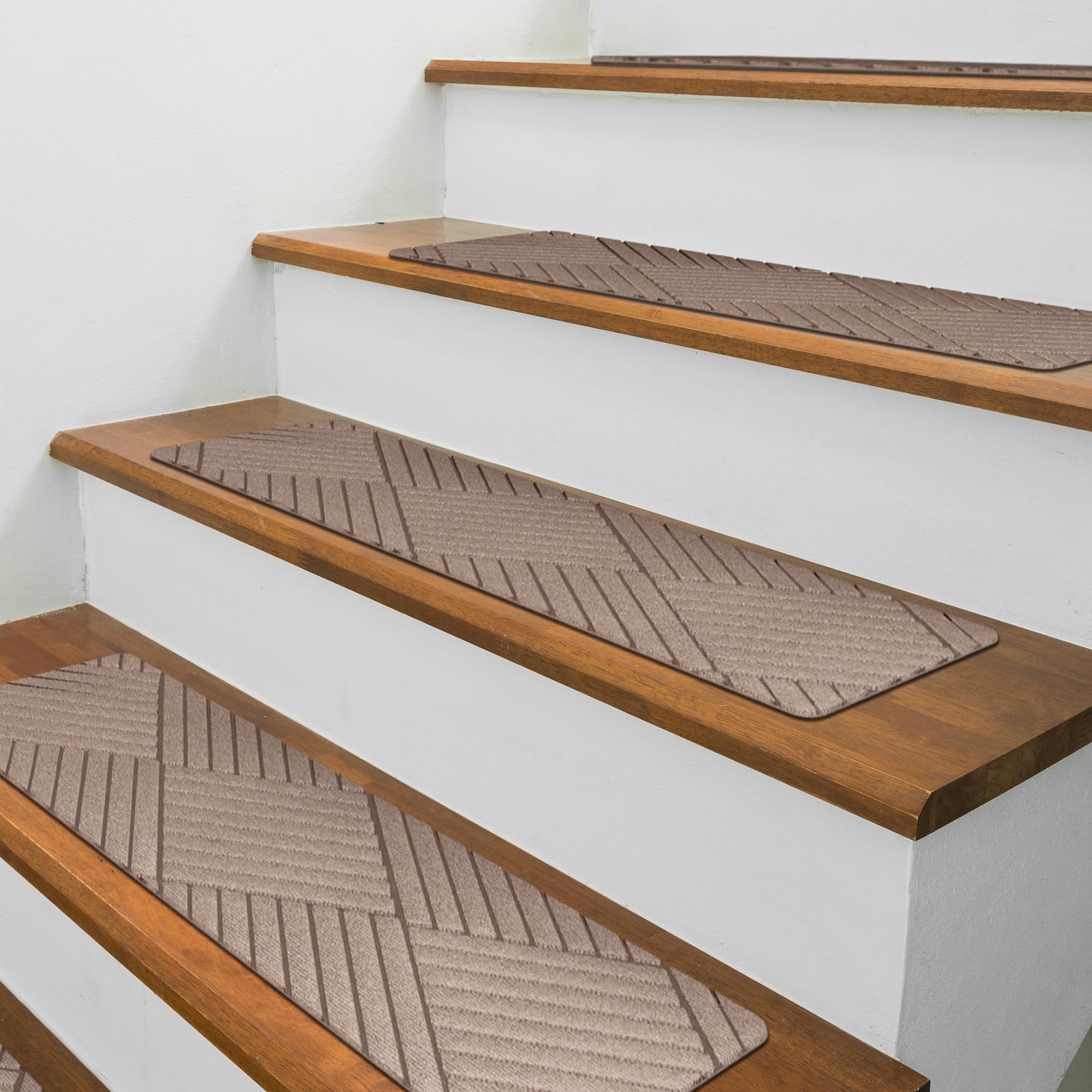
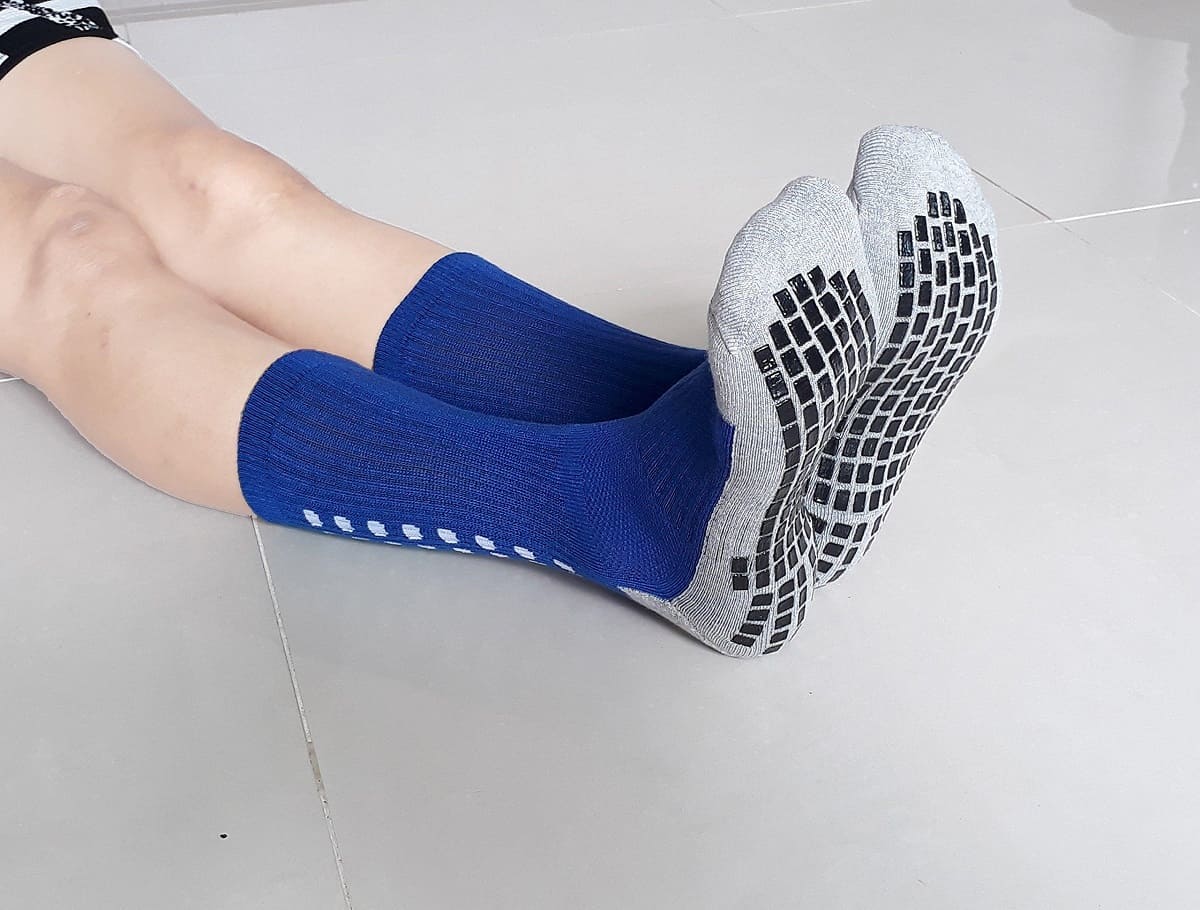
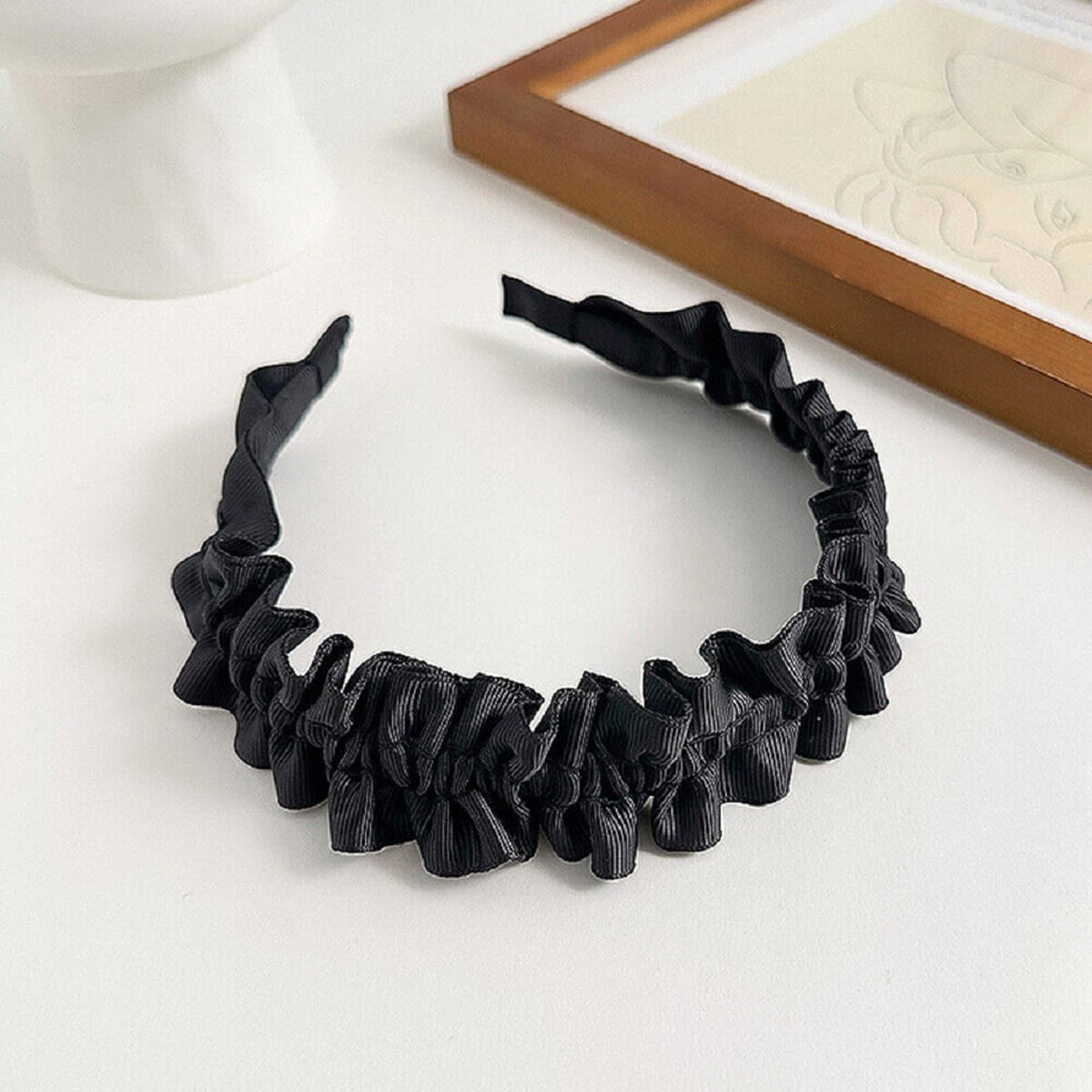
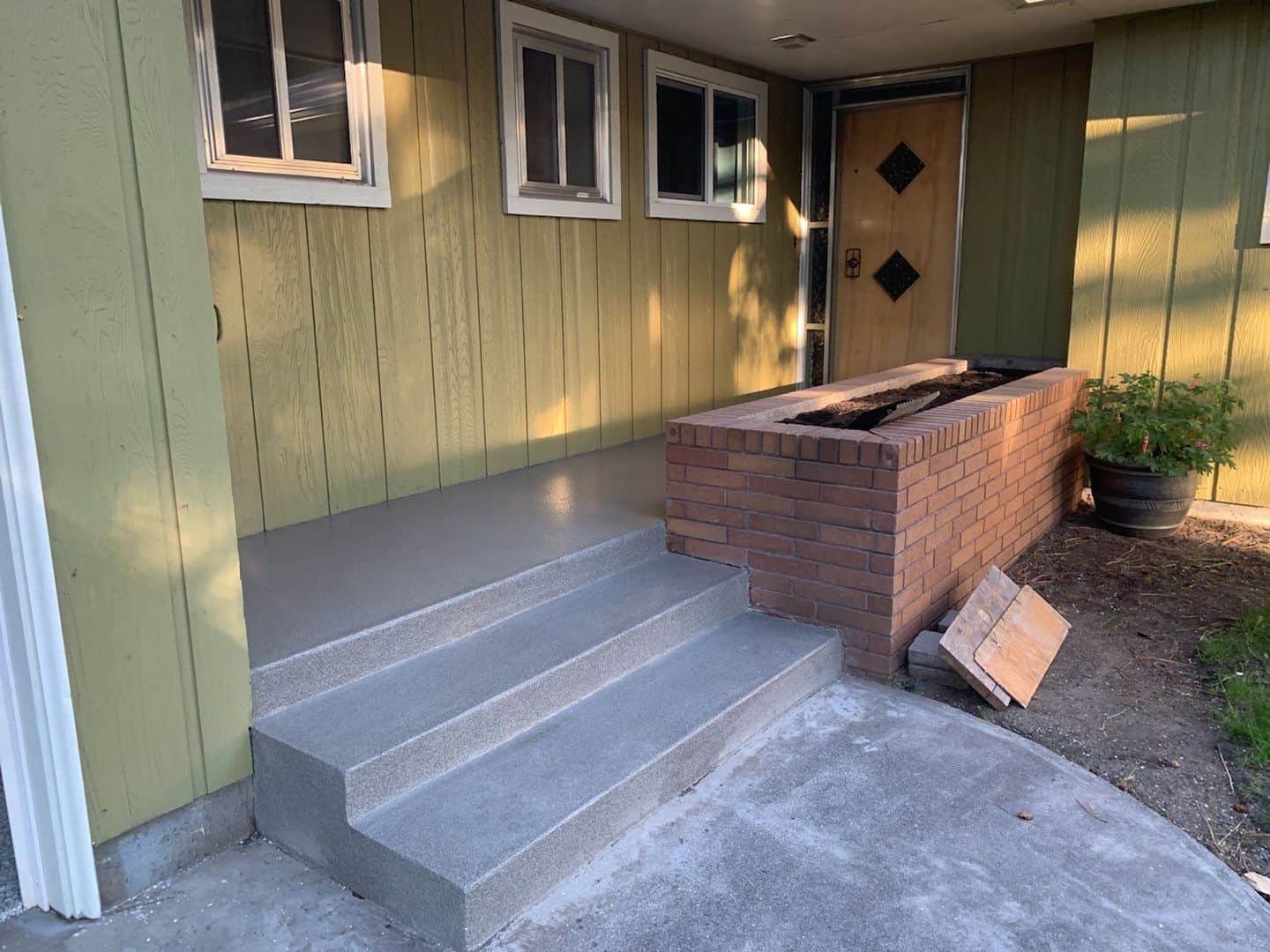
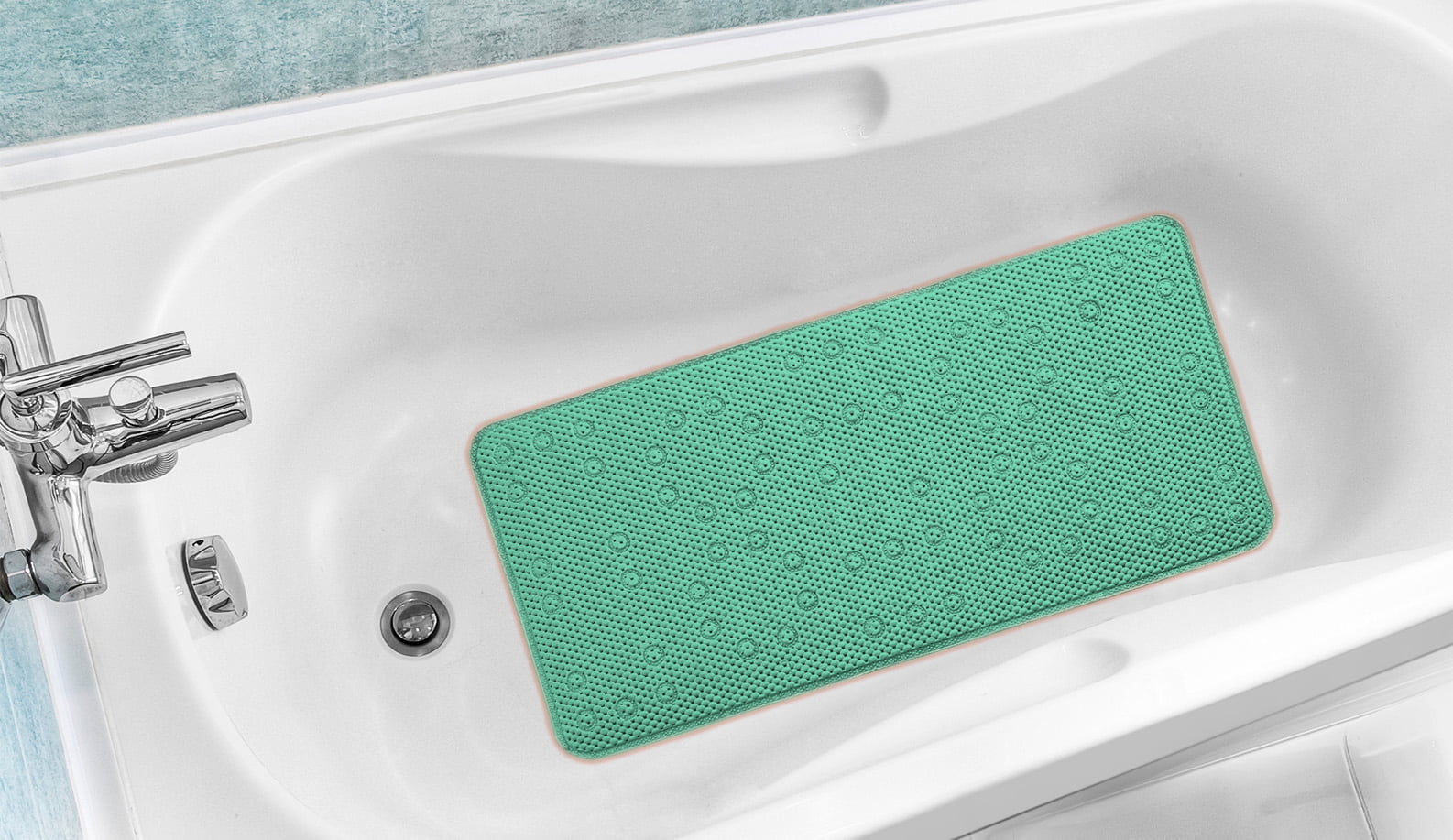
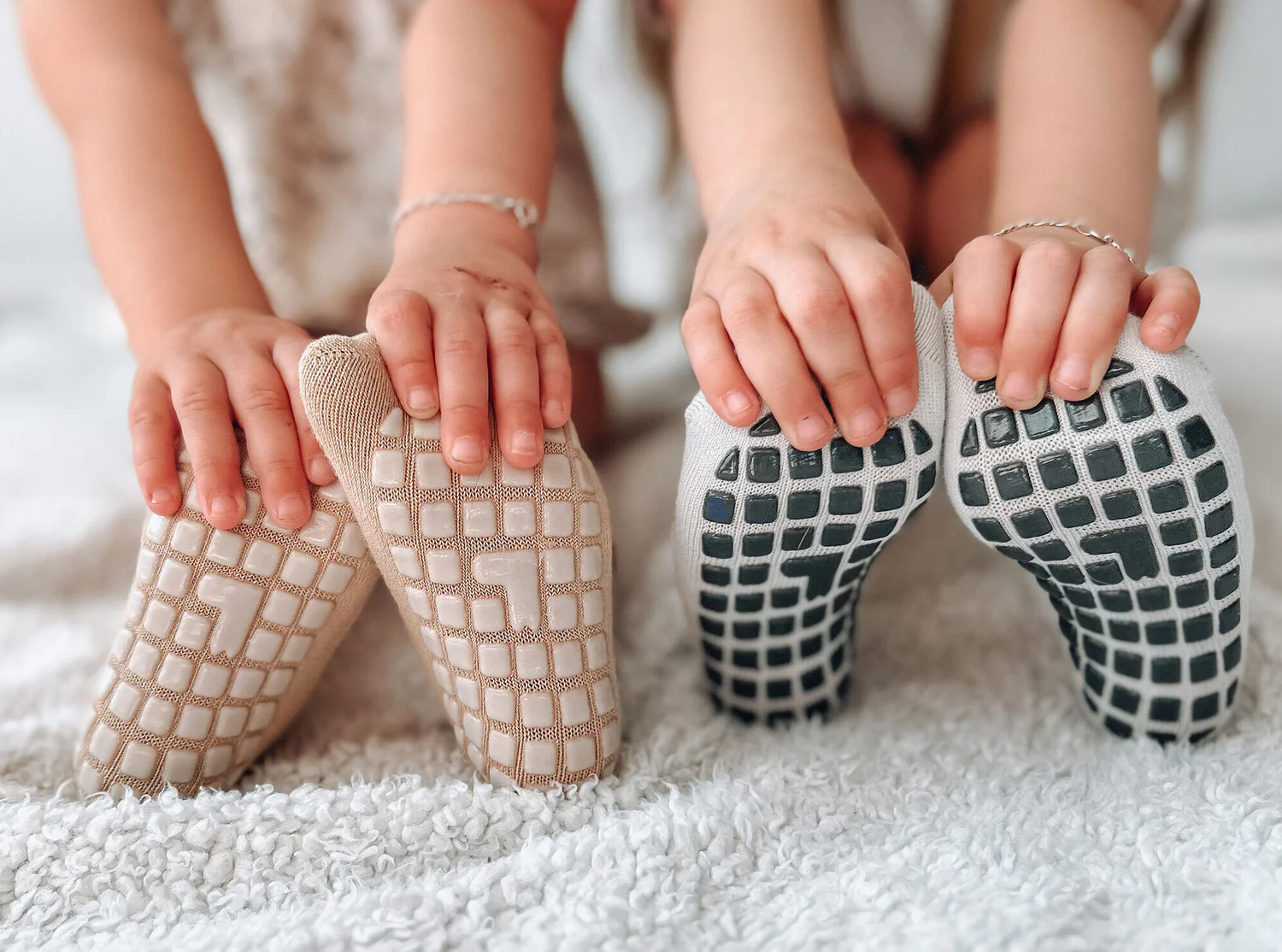
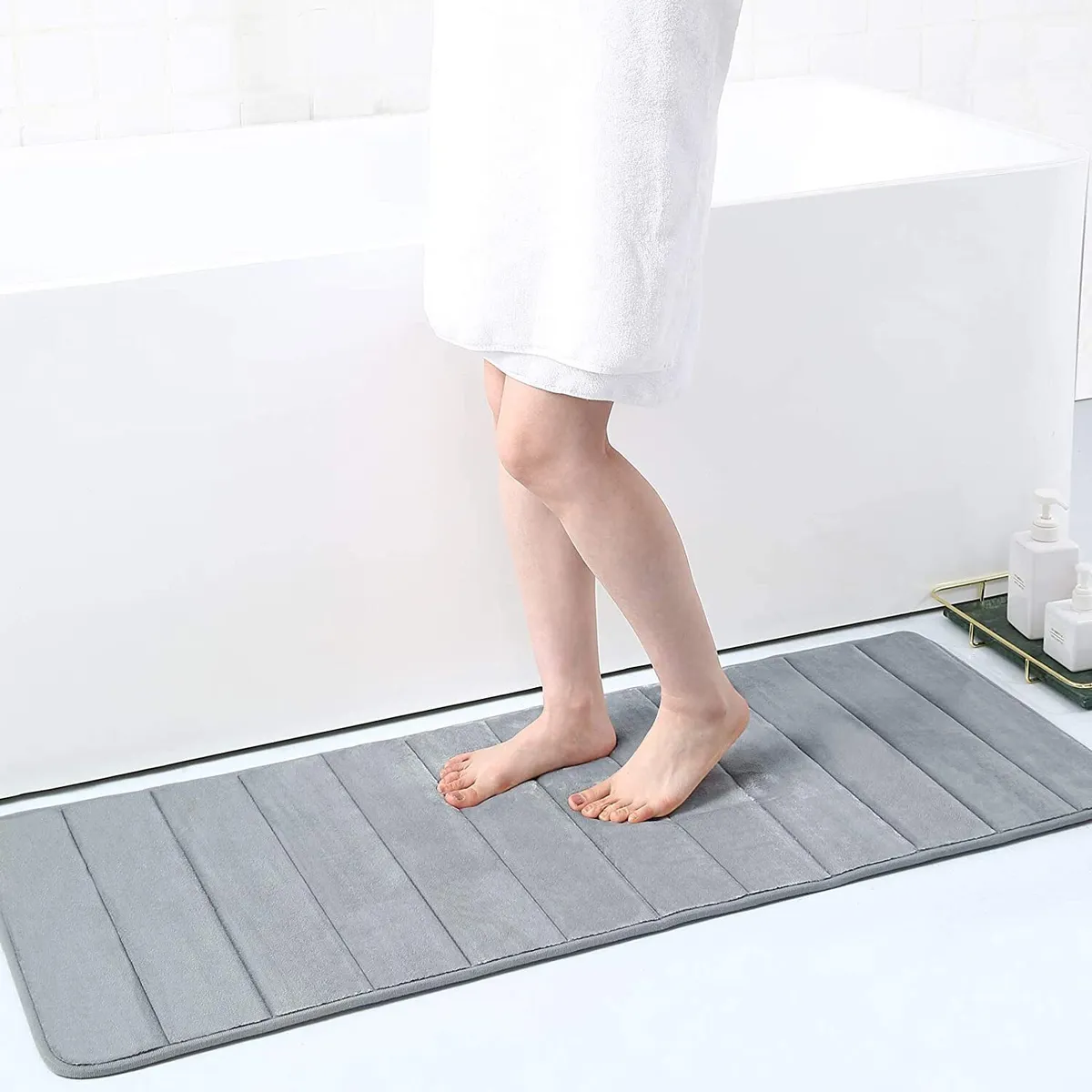
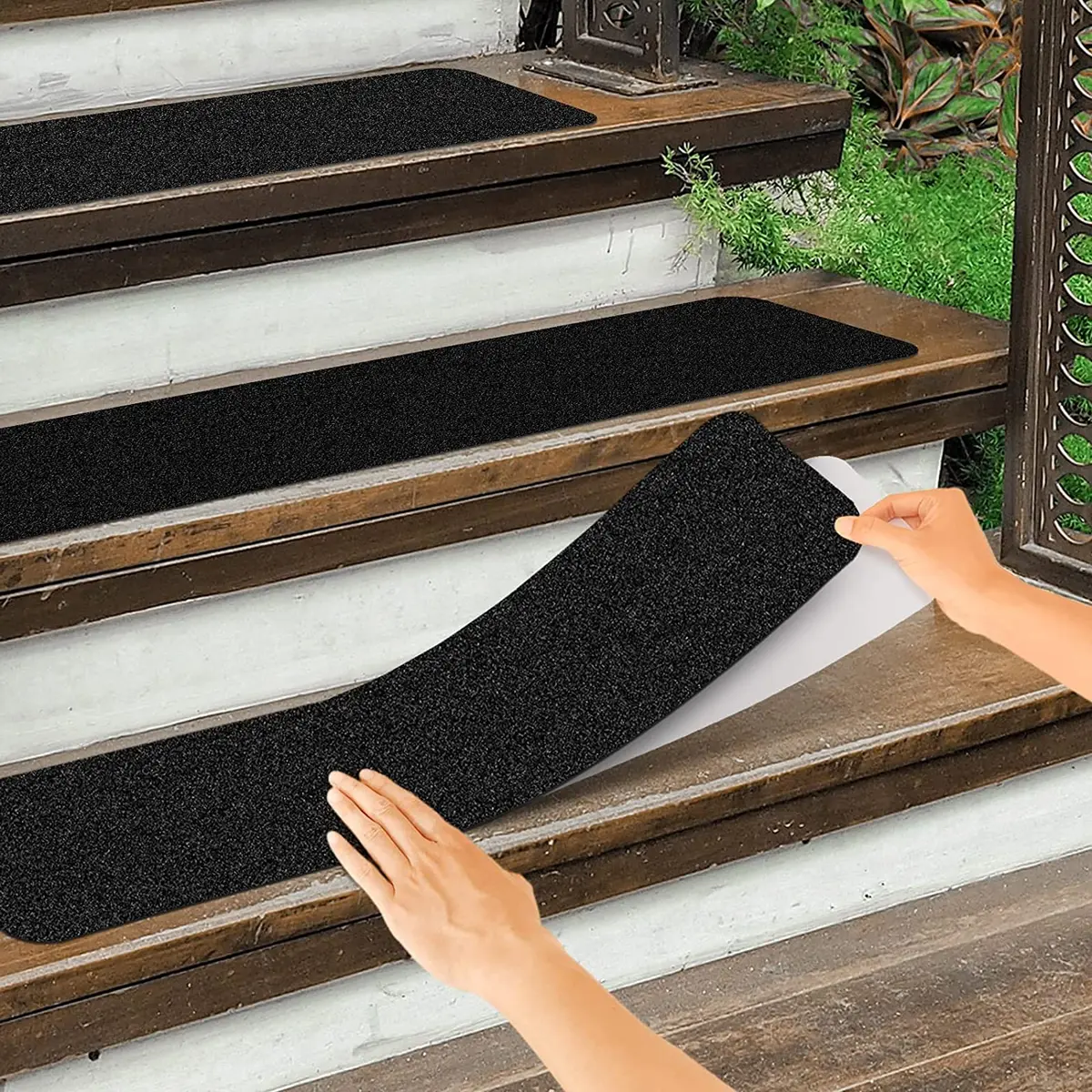
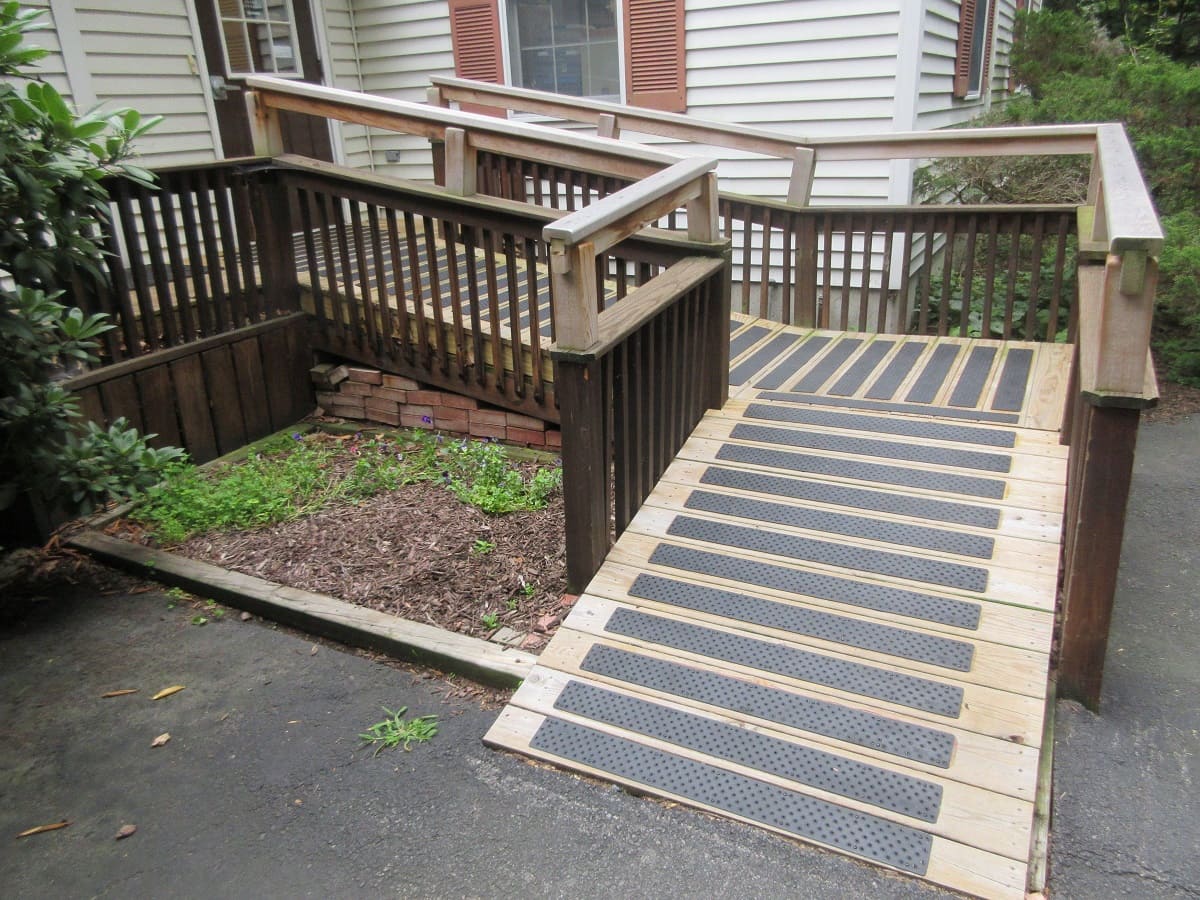
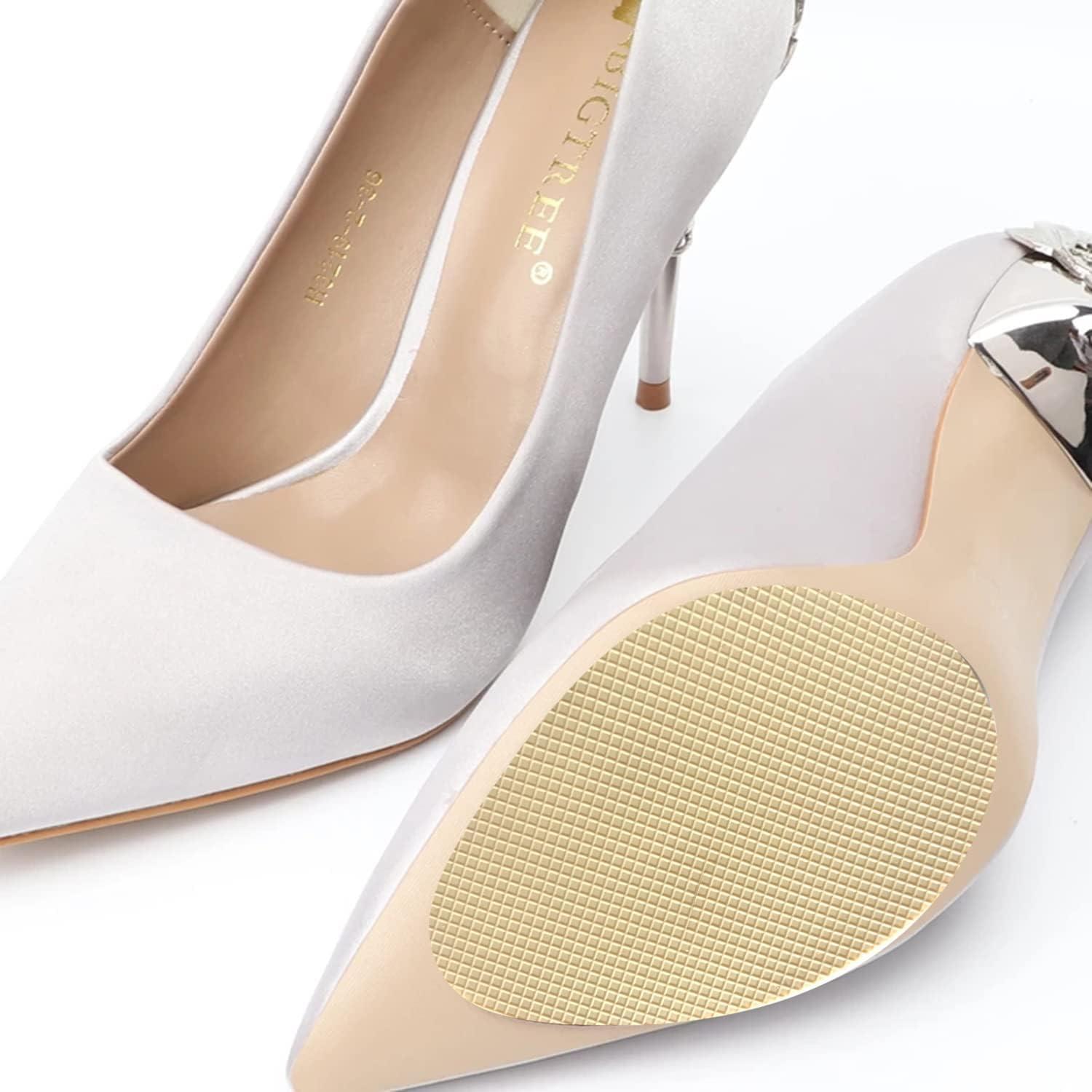
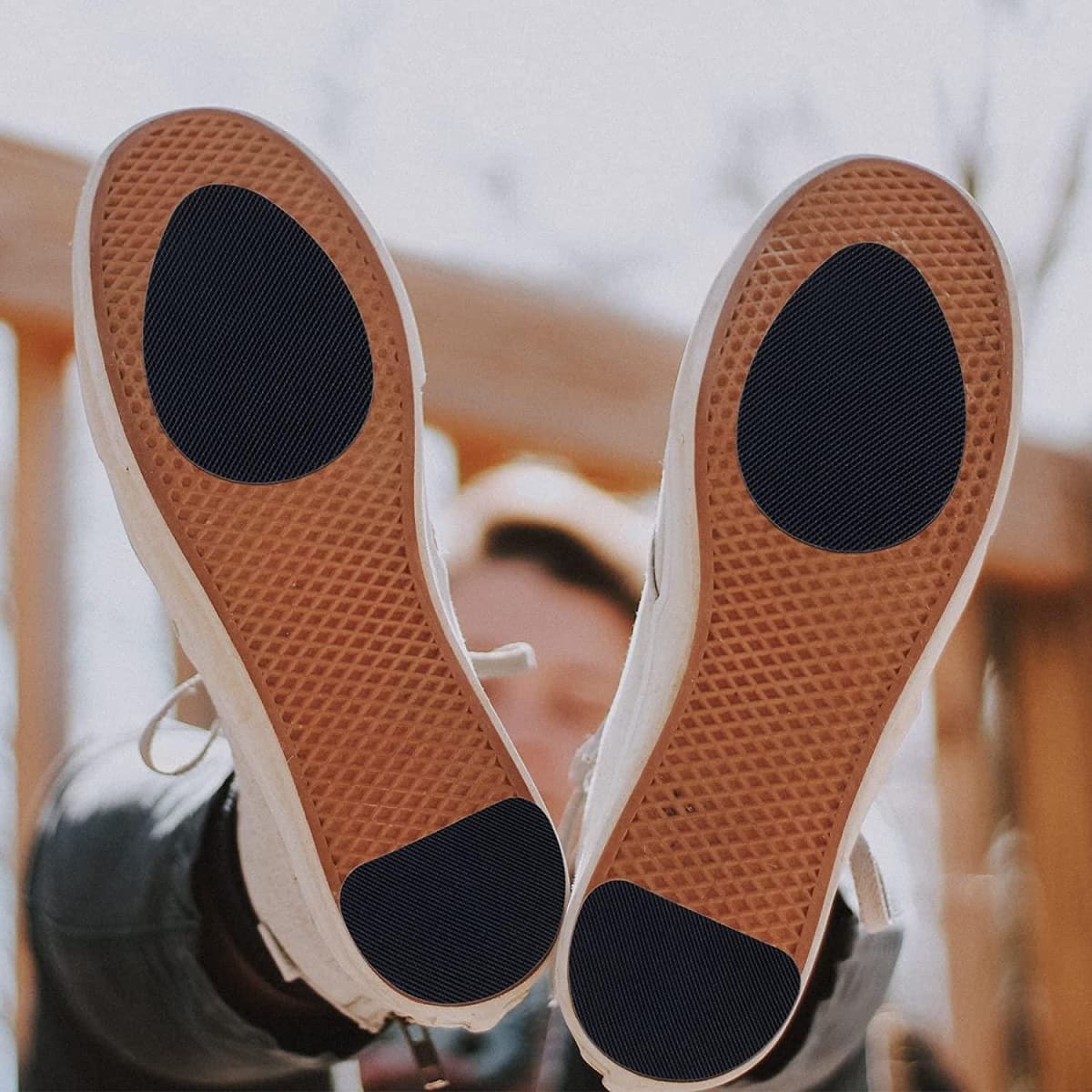
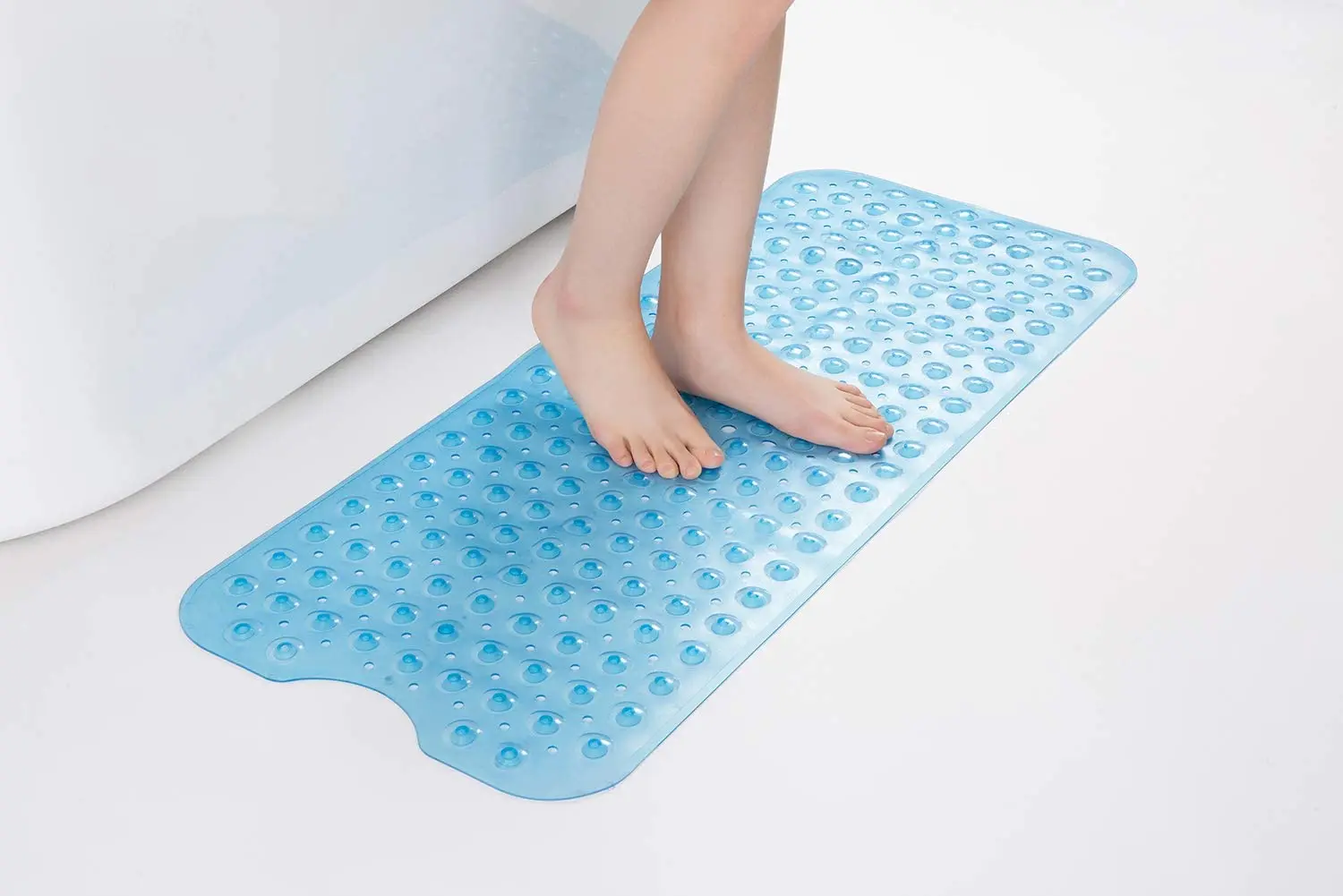
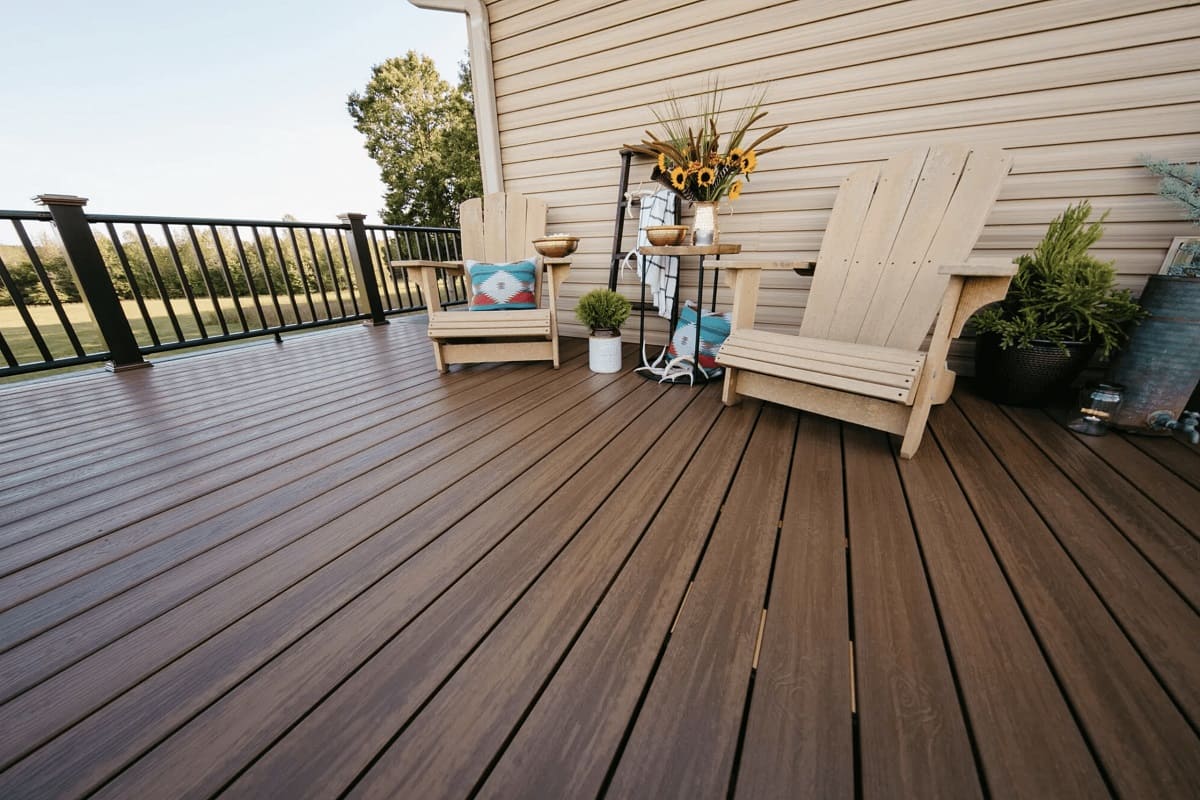

0 thoughts on “How To Make Tiles Non-Slip”